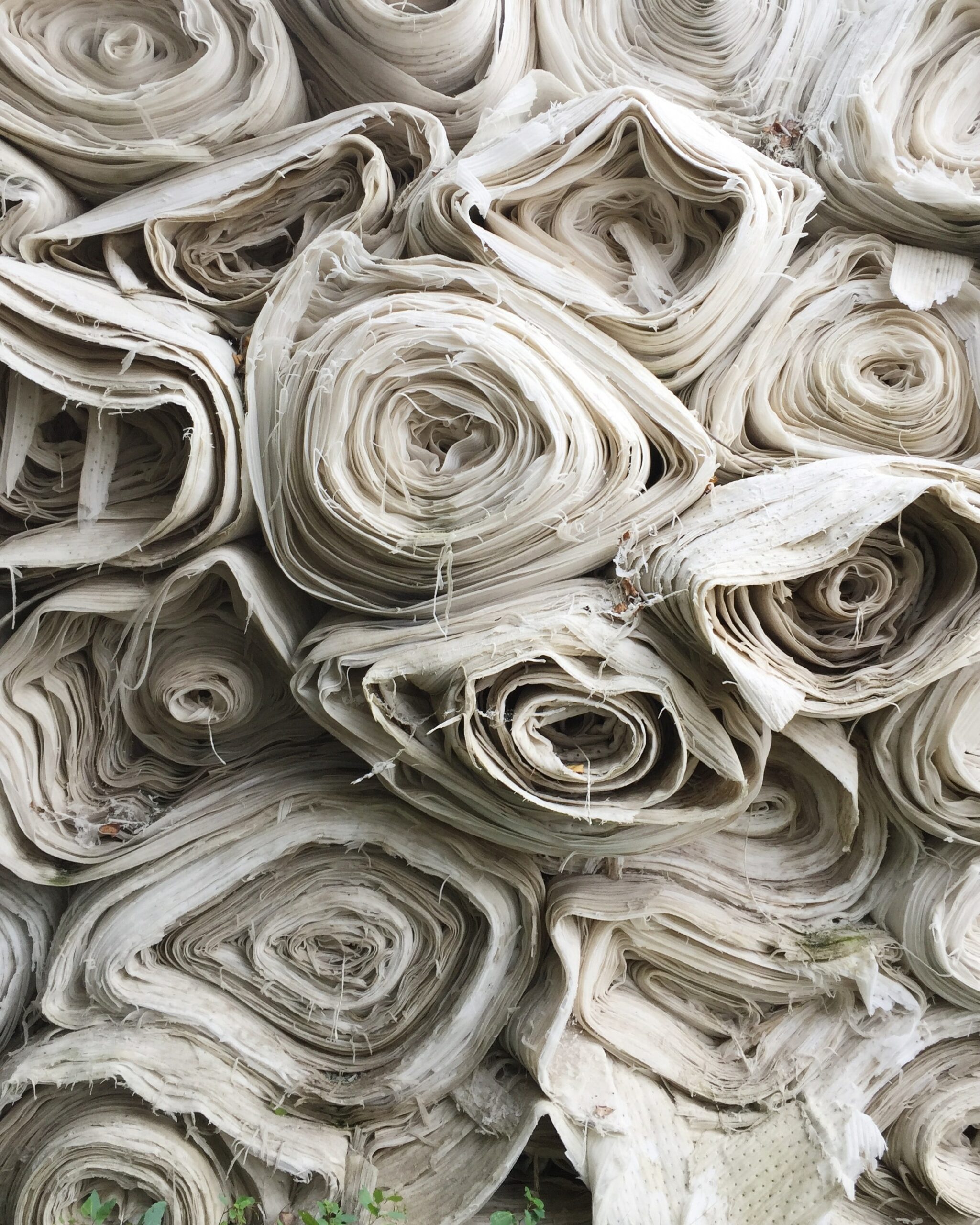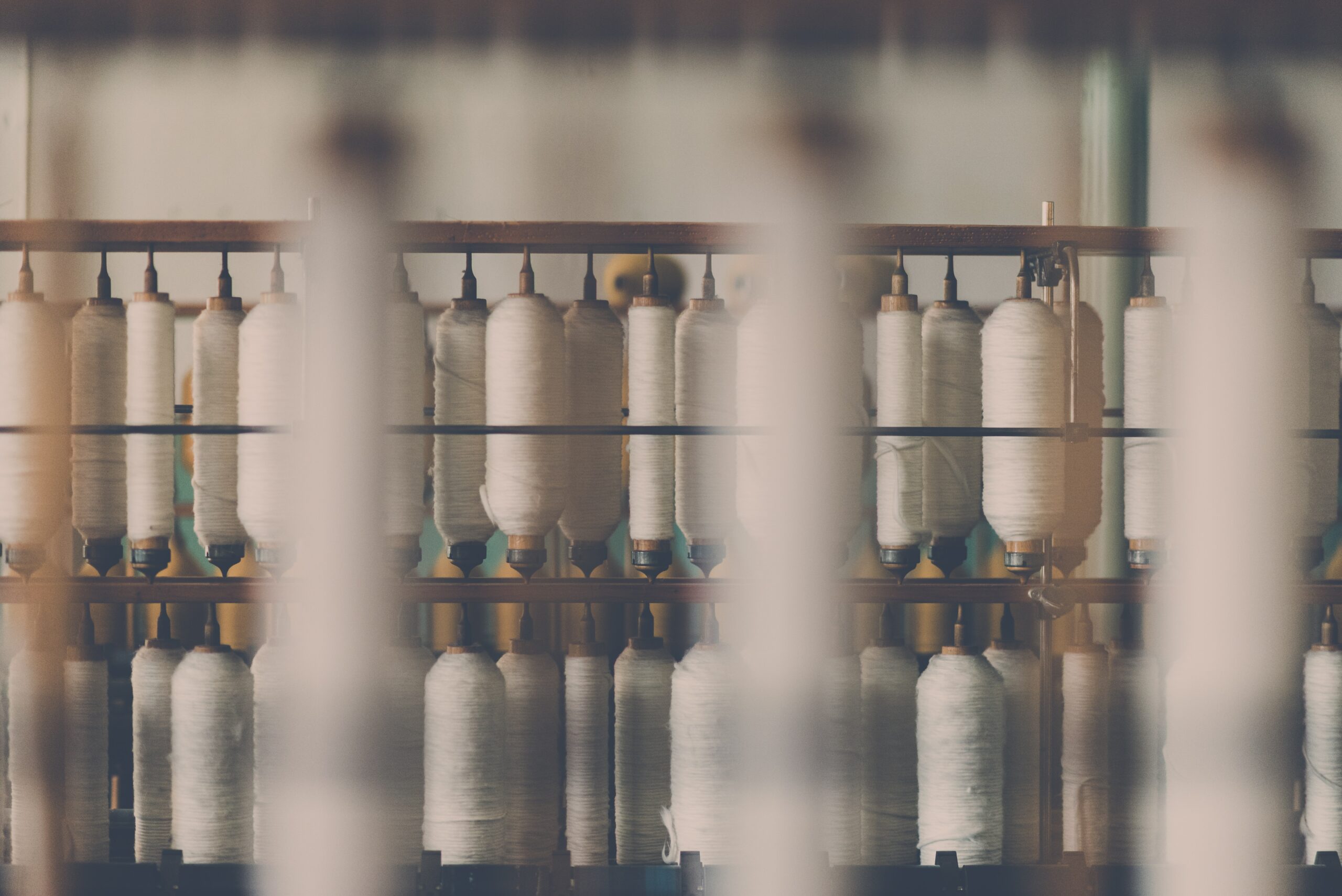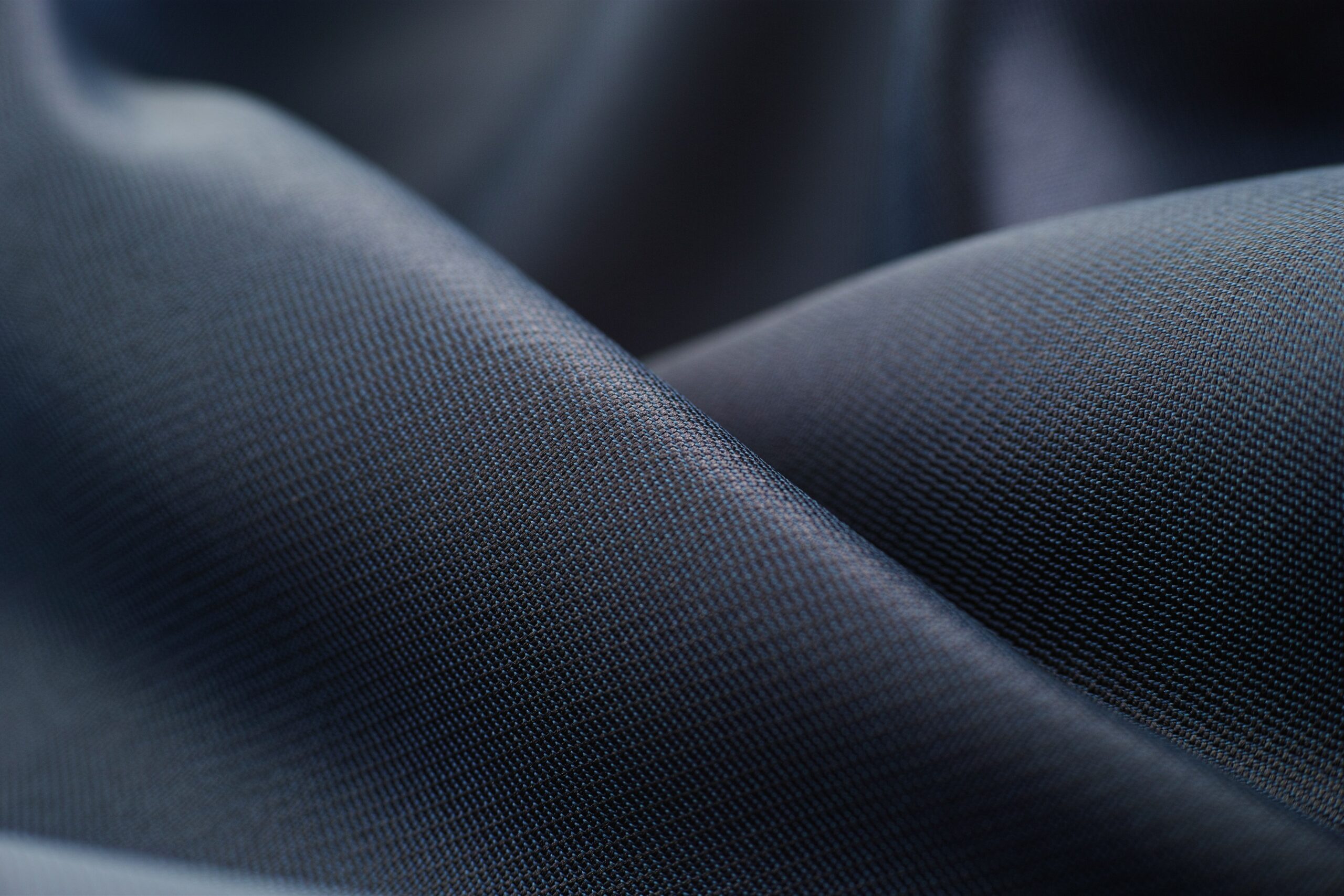
Introduction
The Yorkshire and Humber Textile Innovation Knowledge Platform (TIKP) for the Future of Textiles and Clothing would like to extend a warm welcome to you. The platform is an open expert's network of professionals involved in technical textile and clothing related research and innovation across the region, the UK, Europe, and further afield.
You will be able to find public information on the aims, activities, and outcomes of the work that is currently being carried out by the Textile Centre of Excellence here on this website.
Find everything you need on the topic
You can also find articles and links to other relevant resources in the UK and Europe in the field of textile research and innovation here. If you are actively involved in textile research and innovation activities based in Europe, then this is your opportunity to engage and be a part of this sector's growth in the manufacture of textiles. You can also follow us on Facebook and Twitter to stay up to date regarding the development of this site.
Brand new website
The Managing Director of the Textile Centre of Excellence, Bill Macbeth, stated that "We are extremely excited about this brand new website," which has been created as an open network for professionals involved in technical textile and clothing-related research and innovation across the region, the United Kingdom, Europe, and further afield.
Operational
Although this site is now operational, work is still being done to completely populate it with educational and technical content that is up to the standards expected by both the business world and the academic community. We would greatly appreciate it if you could provide us with your feedback and suggestions regarding the kinds of supplementary material you'd like to find on this website. To communicate with us, please use the notice board located in the about section.
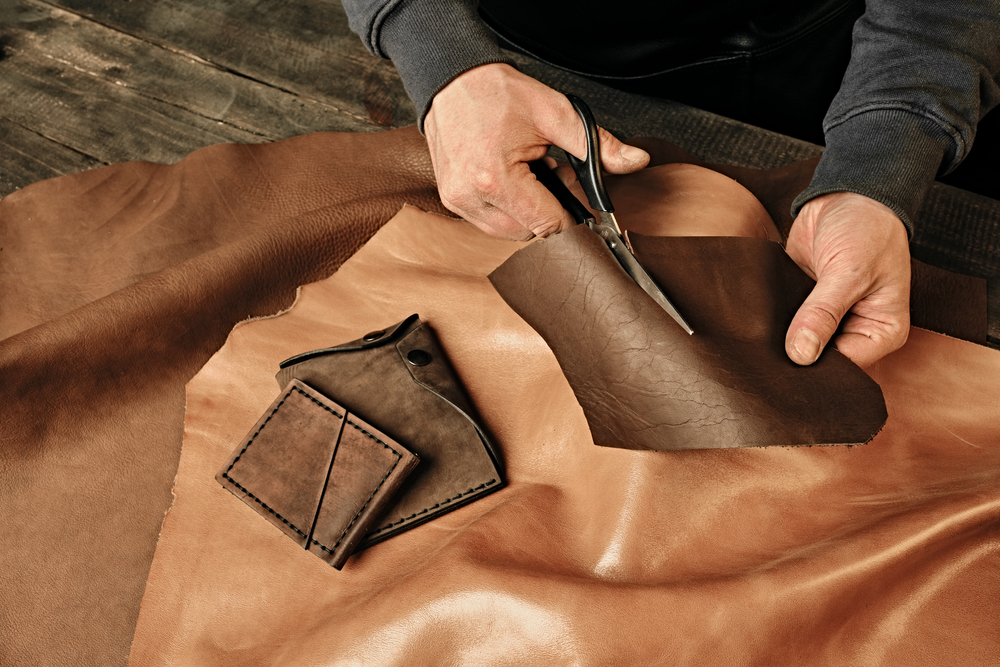
The History of Sportswear in Yorkshire
Yorkshire, a historic county in Northern England, is renowned for its rich heritage in sports and innovation. Among its significant contributions to the sports world is the emergence of Mitre Sports International, a pioneering sportswear and equipment manufacturer.
The Origins of Mitre in Yorkshire
Founded in Huddersfield, Yorkshire, in 1817, Mitre initially produced leather goods before specializing in sports equipment and attire. This transition marked Yorkshire’s first foray into the sportswear industry, showcasing the region’s capacity for innovation and quality craftsmanship. Mitre’s evolution from a local manufacturer to a global sportswear brand is a testament to Yorkshire’s industrial heritage and its longstanding association with sports, including football, cricket, and rugby.
Mitre and The Football Association
Mitre’s partnership with the Football Association (FA) is a pivotal chapter in the history of sportswear in Yorkshire. As the official ball supplier for all FA competitions, Mitre has played a crucial role in the development of football in England. This collaboration underscores the brand’s commitment to quality and innovation, characteristics rooted in its Yorkshire origins.
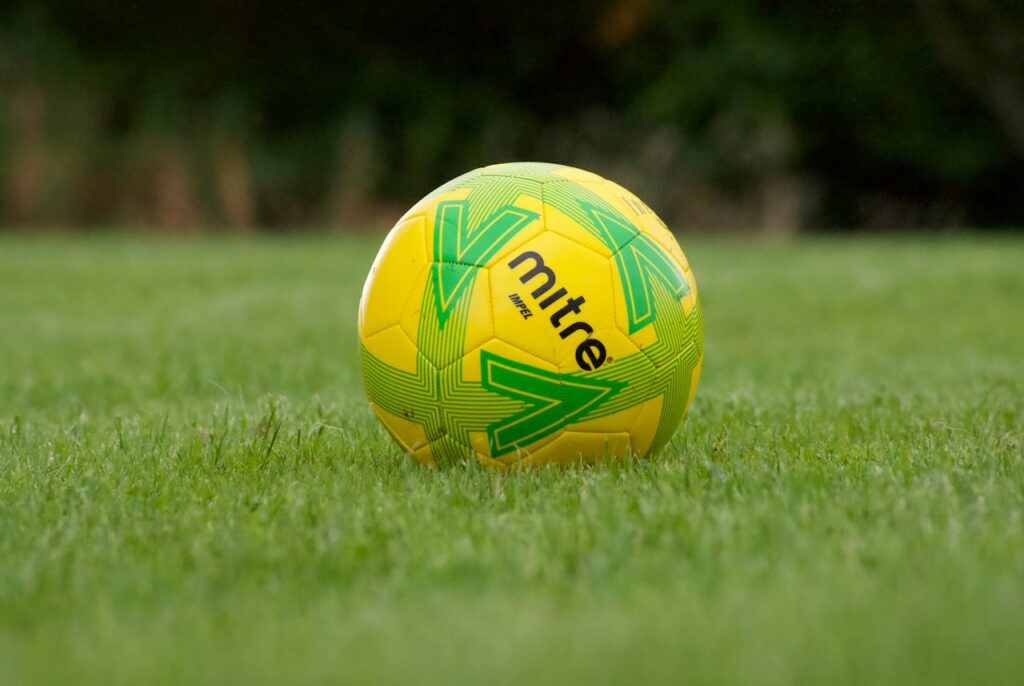
The FA, the governing body of English football, has been instrumental in promoting the game at all levels. Through its partnership with Mitre, the FA has ensured that players, from grassroots to the professional leagues, have access to top-tier equipment. This relationship not only highlights Yorkshire’s contribution to English football but also showcases how regional businesses can impact national sports institutions.
Yorkshire’s Legacy and the Euros
As England prepares for the upcoming UEFA European Championship, the nation’s hopes are high for the national team, currently considered by bookmakers as one of the favourites to win the tournament. This enthusiasm is partly attributed to the quality of equipment and sportswear, like that provided by Mitre, which ensures that players perform at their best.
For those interested in the betting aspect of the Euros, finding the best euro betting sites can provide insights and odds on England’s chances and other participating teams. The excitement around the tournament is palpable, and the support for the national team is stronger than ever, partly thanks to the foundation laid by Yorkshire’s sportswear industry.
England’s quest for success in the Euros is more than just a matter of national pride; it’s a testament to the enduring legacy of Yorkshire’s sportswear industry. The quality, innovation, and tradition embodied by brands like Mitre play a crucial role in the preparation and performance of athletes on an international stage.
Conclusion
The history of sportswear in Yorkshire, epitomized by the story of Mitre, is a narrative of innovation, quality, and global influence. From its humble beginnings in Huddersfield to becoming an essential partner of the FA and a key player in the English national team’s journey, Mitre’s journey is a reflection of Yorkshire’s industrial spirit and its significant impact on the world of sports.
As England gears up for the Euros, the spotlight is not only on the players and coaches but also on the equipment and apparel that support them.
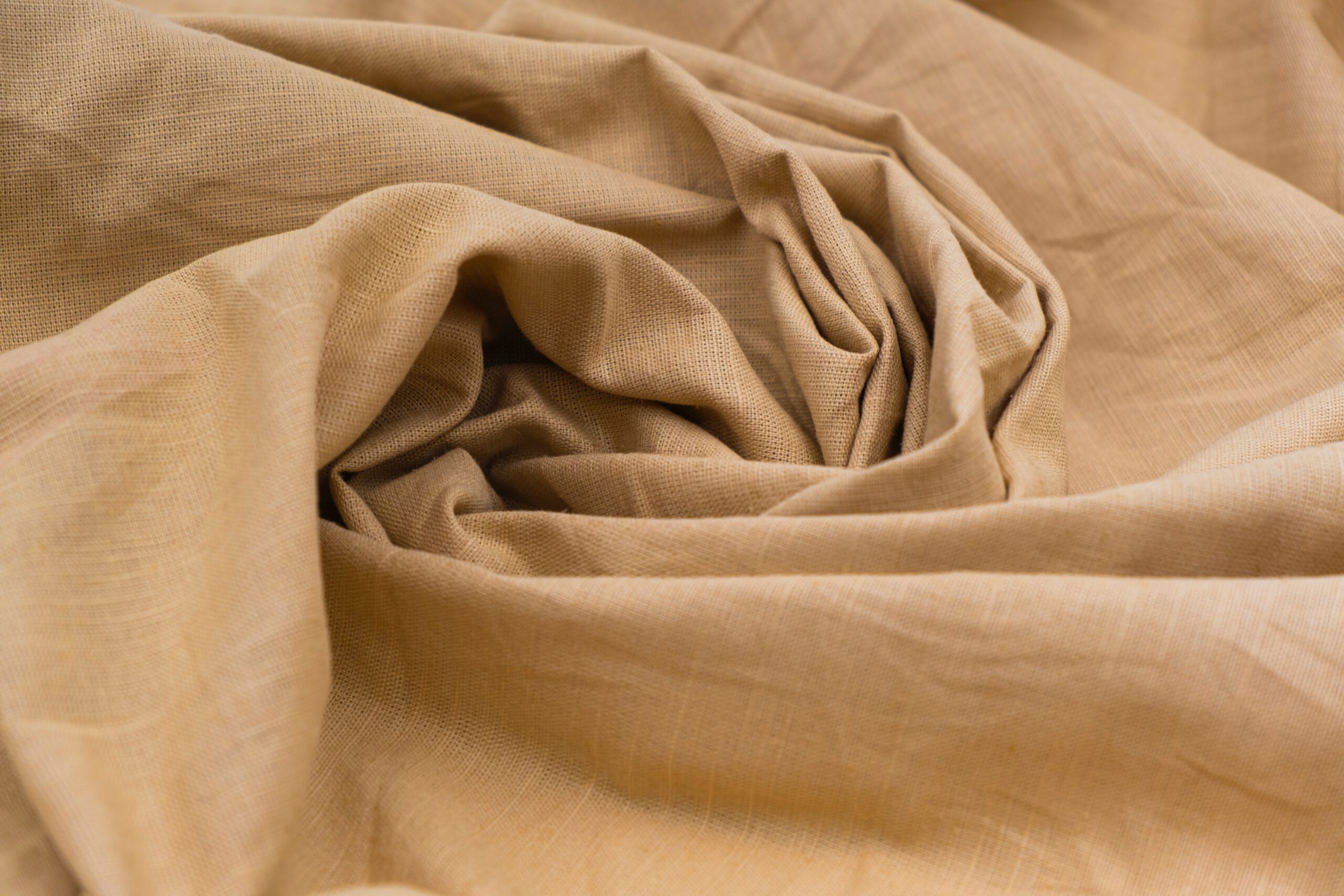
History of textiles
Today, hardly anyone can give a specific date for the invention and spread of textile production on Earth. Archaeological excavations have shown that people tried to make clothes as early as the Stone Age by weaving together fragments of leather and plant fibres and thus created father and son clothes. These particular patterns may be considered the earliest imitations of textiles in human history.

As is well known, the first chemical fibers appeared in the last years of the nineteenth century. However, humanity had been effectively using natural fibers like cotton, linen, wool, and silk for many millennia before that. Today, there is no question that linen was the first cloth produced by human hands. Flax was first grown by ancient Egyptian artisans, who then harvested its fibers and began to weave them. Flax cloth samples from around 5,000 B.C. have been discovered during archaeological investigations. The same time period was assigned to linen fabric discovered in 1961 during excavations in modern Turkey.
Near Swiss Lake, our ancestors were spinning and weaving linen cloth around the same time. Scientists have discovered not just linen fiber and well-preserved fragments of textile in this region, but also fairly primitive machinery that may have produced yarn and cloth. The excavations were done in the winter of 1853-54, when the Swiss alpine lakes’ levels plummeted significantly. As a result, bast fiber cloth was found, which was still relatively primitive but had already been painted with natural hues and even embellished with human forms.
As excavations in the Alpine region began in the middle of the 20th century, numerous textile remnants, as well as balls of thread, spindles, different needles, and pieces of wooden looms, were found. These discoveries provide clear proof that the people who lived in these ancient towns produced their own garments from linen and other fibers.
Man first discovered how to create woolen cloth at the end of the Stone Age. Excavations conducted on the site of ancient Mesopotamia have supported the scientists’ hypotheses, showing that there were sheep breeders and weavers living there around 4 millennia B.C. According to the pages of the Bible, those who lived in ancient Babylon and the state of Ur also wore woolen clothing. Later on, wool from camels, goats, and even rabbits started to be utilized to make woolen clothing.
Cotton is a new natural fiber that has been introduced to the globe as a result of advancements in ancient textile technology. Scientists discovered cotton fabric samples while excavating an old Indian town from the first millennium BC. They were shocked, however, to discover the identical fabric during archaeological digs throughout South America, China, Central Asia, and even the Middle East. This demonstrates that cotton fabrics were utilized concurrently in several nations and even continents. How can it be that, while living on opposite sides of the world’s oceans, the ancient Incas and the ancient Egyptians used the same weaving methods to produce cotton fabrics of exceptional quality and a variety of hues and shades? The existence of Atlantis or the notion of continental displacement may benefit from this further data. Maybe in the future, science will discover the answer to this riddle.
Additionally, Egyptian mummies from two millennia BC were also covered in cotton material that was of the greatest caliber at the time. One fact—the fabrics discovered in the tombs of the pharaohs have a density of 540 threads per inch, which even the best cotton fabrics produced now cannot claim—will suffice to persuade you of this.
A fairly straightforward yet effective method of producing cloth was utilized by prehistoric man, who gave the world the four primary natural fibers, and it has since been adopted by modern weavers. Modern weaving tools operate on similar principals to early spinning wheels and straightforward wooden looms discovered during archaeological digs at prehistoric settlements.
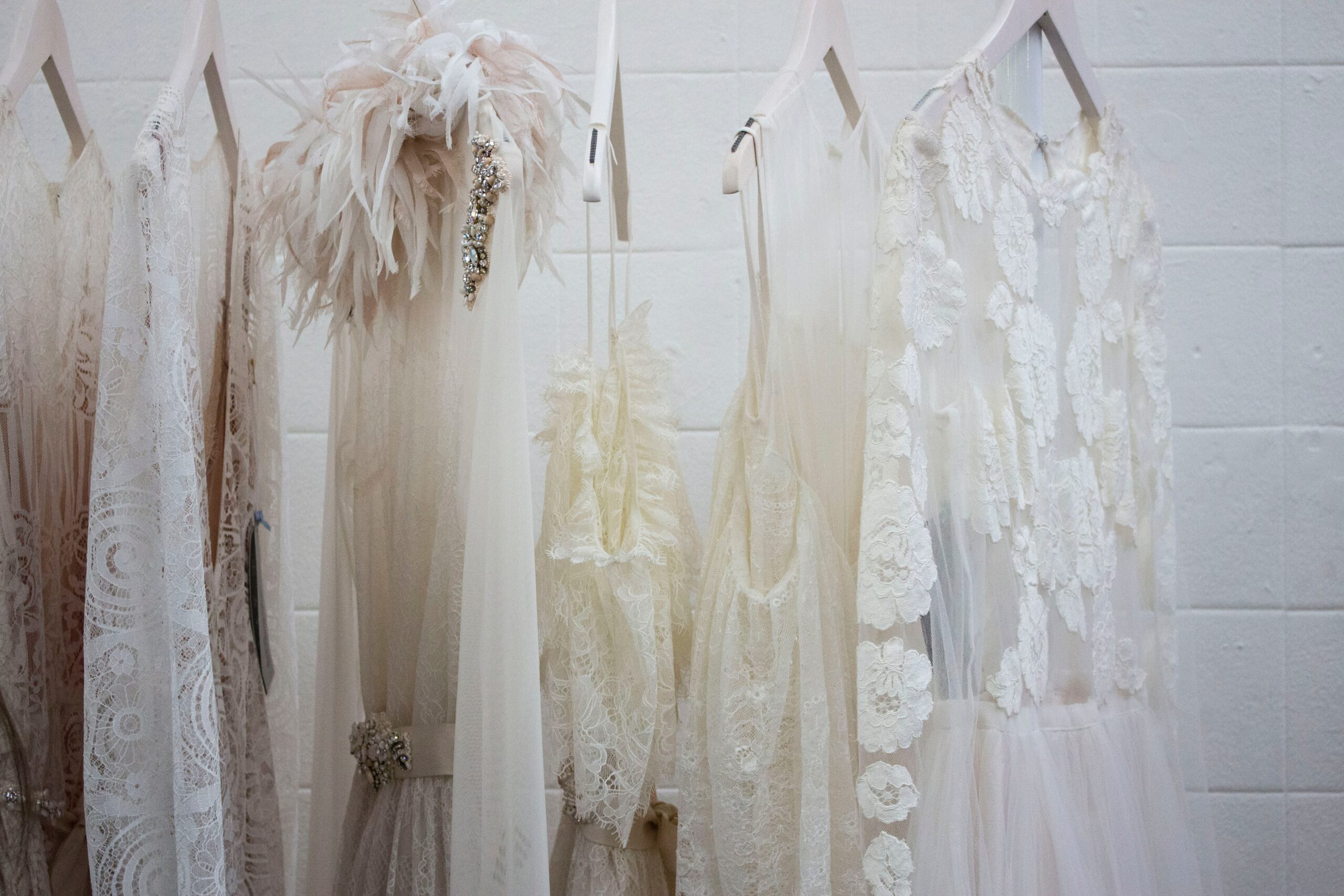
Textile and Costume History Museum in Barcelona
The very fact that the museum is housed in a magnificent palace makes it unique. The palace once belonged to the Marquis de Llio, and its exact name is Palau del Marquós de Llió. It was later purchased from the owner by the Barcelona City Hall specifically to house a cultural institution. The deal took place in 1955, but it took about 10 years to prepare the building for conversion into a museum and to renovate it. It wasn’t until 1969 that the Museum of Textiles finally moved into the palace, which even houses the indonesian loom woven textile.

The museum’s collection began with a collection of costumes donated to it by Manuel Rocamora i Vidal. Some 3,500 pieces of both women’s and men’s wardrobe were donated by Racomora. Among others is an Egyptian tunic from the 7th century AD, the oldest item in the museum.
The 17th-century garments are a must-see for true connoisseurs of the art of fashion, not the least of which are the famous Castilian cloaks. They are made of silk and velvet, embroidered with expensive gold threads and are fairly short in length, as was the custom at the time.
The 17th century was dominated by French fashion with little Spanish influence. Predominantly a collection from this century includes garments embellished with silk embroidery. This is the style of Louis 15, a rather modest one. Unlike the costumes of the Catalan nobles, which are more than pompous and lavish.
Here the museum houses the very authentic items worn by the dukes of Sòria, Medinaceli and Osuna. The rhinestone silk dresses with hand embroidery designed by the masters of the Guilleries, the fashion house of Barcelona, are a must. They too are clearly inspired by French fashion. Later, after the French revolution the style of Ancient Rome and Greece gradually became fashionable. Clothing gained a characteristic simplicity and straightforwardness of form.
Women’s fashion in the 19th century was much more changeable than that of men. That is why the wardrobe collection of this century is represented more by women’s outfits. One can feel the predominance of the same French styles Empire, Consulate and Directoire.
One should separately consider Romanticism. This style was particularly popular when in the second half of the 19th century they started using creolin to give more volume to the clothes. You have to look at the 2 unique dresses from the 60s and 70s of the 19th century. Their creation is inextricably linked to the first couturier of haute couture, Charles Frederick Worth. Spain’s fashion trends can best be traced on Nouveau pieces. Catalan fashion designers Maria Molist and Carolina Montagne are the originators of these original creations. Their names resoundingly resonate in bygone times. For the first time, their collections, Art Déco and Noucentista, are based on completely new principles, breaking out of the mainstream fashion norms of the time. The outfits don’t sculpt the figure and hide the imperfections with their straightforward cuts.
One shouldn’t overlook what was worn in the not too distant past. The museum has brought together the best pieces from leading Italian designers: Josep Ferrer, Cristóbal Balenciaga, El Dique Flotante, Elio Berhanyer, Asunción Bastida, Antonio Miró, Antonio Meneses, Andrés Andreu, Pedro Rodríguez, as well as the inimitable Lydia Delgado and others. Samples of famous European fashion houses, in addition to the listed designer pieces, are also presented in this museum: Chanel, Carven, Mme, Pierre Cardin, Pierre Balmain, Emilio Pucci, Alaïa, Azzédine and many others.
In addition to unique dresses, the museum displays a rich collection of shoes, accessories and accessories (gloves, handbags, shoes, ties, canes, brooches, hairpins, hats).
There is also a collection of famous mannequins. Some of them were brought back from famous fashion shows, others were once decorations in famous shops.
The Museo BARCELONA also has a huge collection of fashion magazines from all over the world.
Knowledge is key
One of the most forward-thinking aspects of the website is the dedicated knowledge section, which offers information that is helpful regarding various technologies, material functionalities, market sectors, and materials. This is the part of the article in which the scientific aspects of the materials, as well as their functions and the novel applications of those functions, are discussed.
We work with: Excellence in Textile Manufacturing Center
The Textile Centre of Excellence is an organization that does not generate profits for its owners, who are primarily textile manufacturing businesses located throughout the Yorkshire and Humber region. The Center offers a diverse selection of educational and professional development services. Apprenticeships and National Vocational Qualifications (NVQs), training in leadership and management, health and safety, information technology, and forklift truck operation are all included in the training that is provided. Over the course of the past year, the Center has assisted more than 1,500 different businesses. Additionally, the Centre serves as a focal point for innovation, research and development in the United Kingdom.
Skillset
The Sector Skills Council for the fashion and textile industries is known as Skillset. "As a Sector Skills Council, our mission is to assist employers in remaining competitive in a global market by ensuring that they have access to a skilled workforce that is able to provide products and services that have added value."
Textranet
Textranet is a European textile transfer network that encourages the sharing of ideas in the field of technical textiles across the continent. Crosstex is a cooperative effort between regional and national research agencies in Europe that is intended to increase the amount of funding that is available for textile research in Europe.

